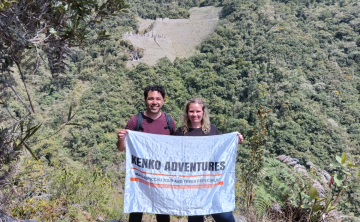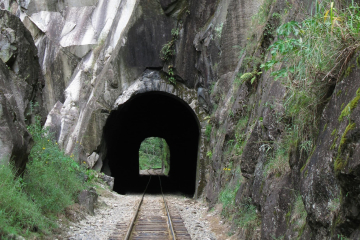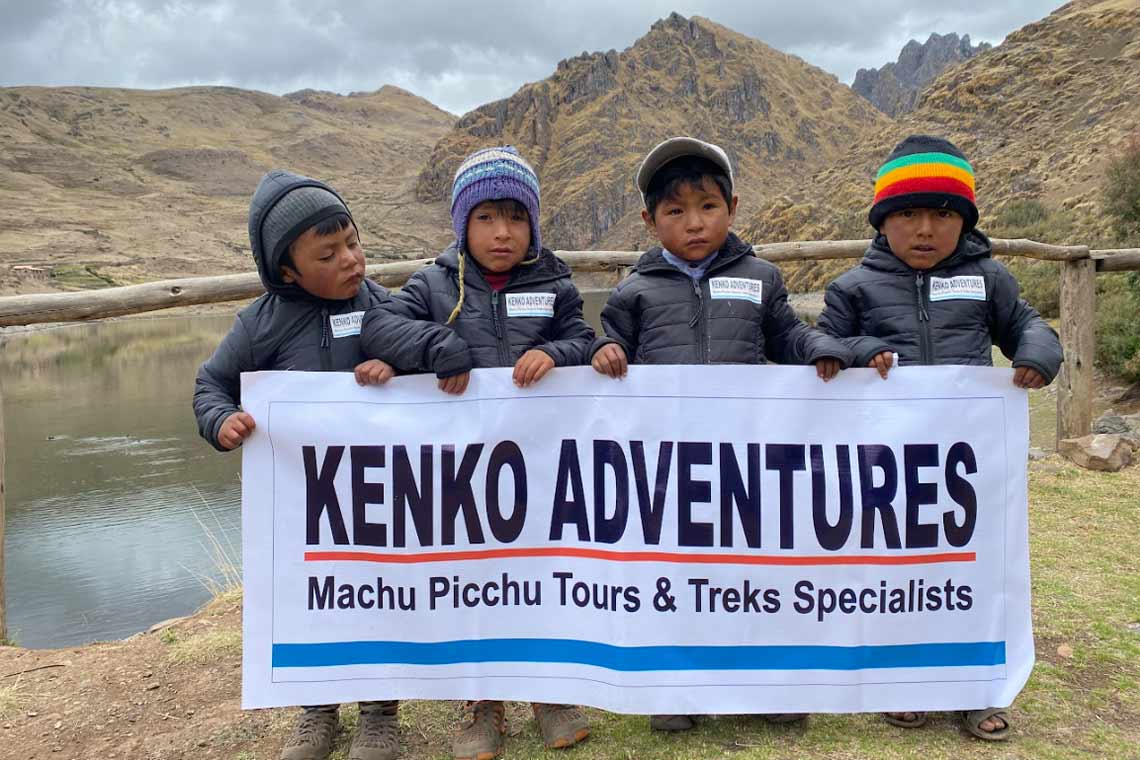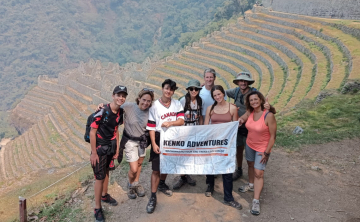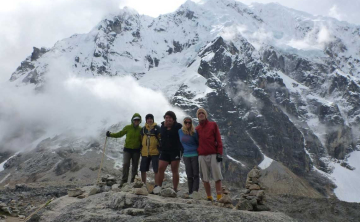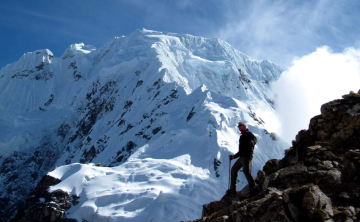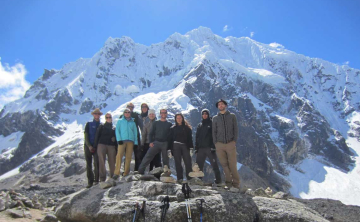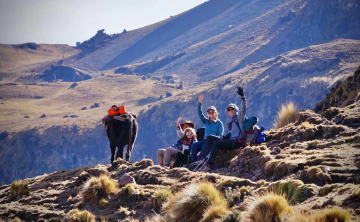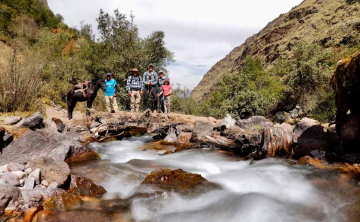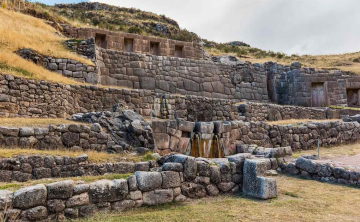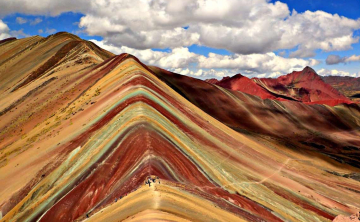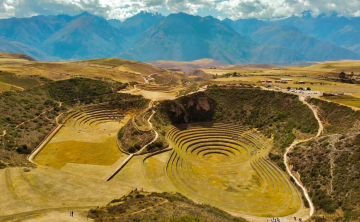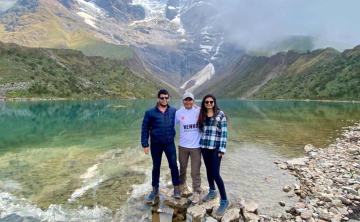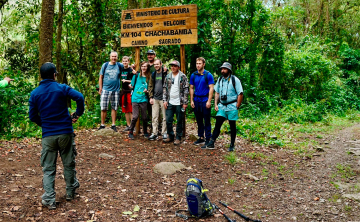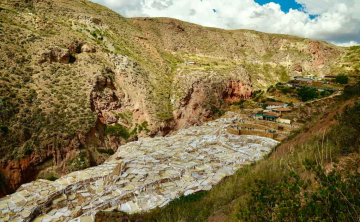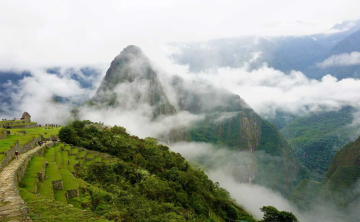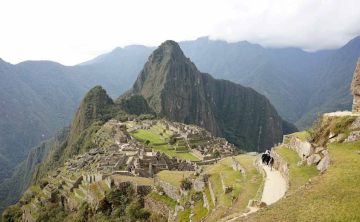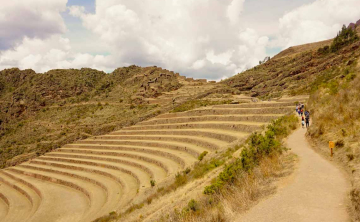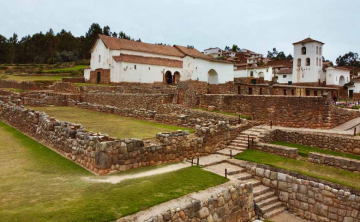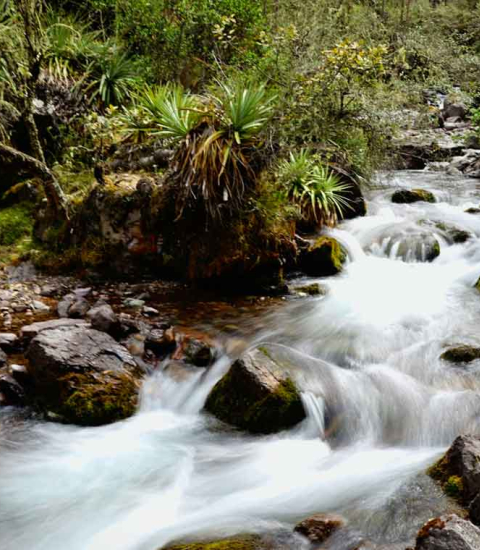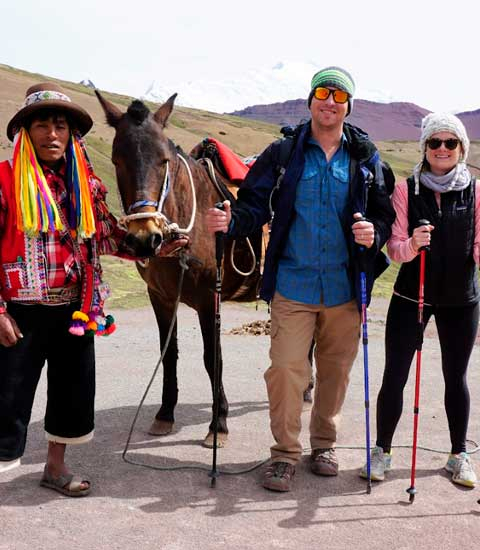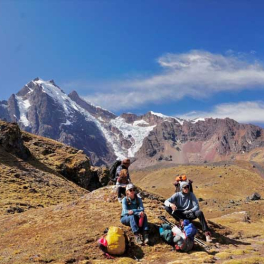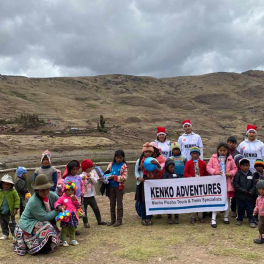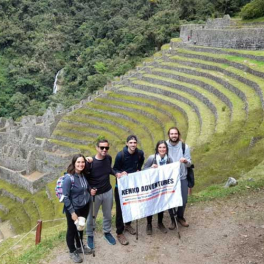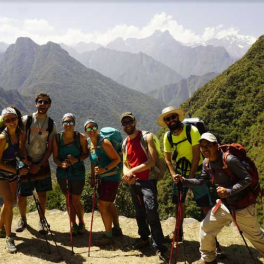These trails are perfectly stone-carved in the deeper slope portions, with walls supporting the trail for more than 600 years. Up in the hills, there are perfectly cut steps with accurate angles. As the Inca trail progresses, our visitors will reach archaeological sites such as Patallacta, Wayllabamba, Runkurakay, Sayacmarca, Phuyupatamarca, Wiñayhuayna, Intipata, and finally, the Machu Picchu Sanctuary.
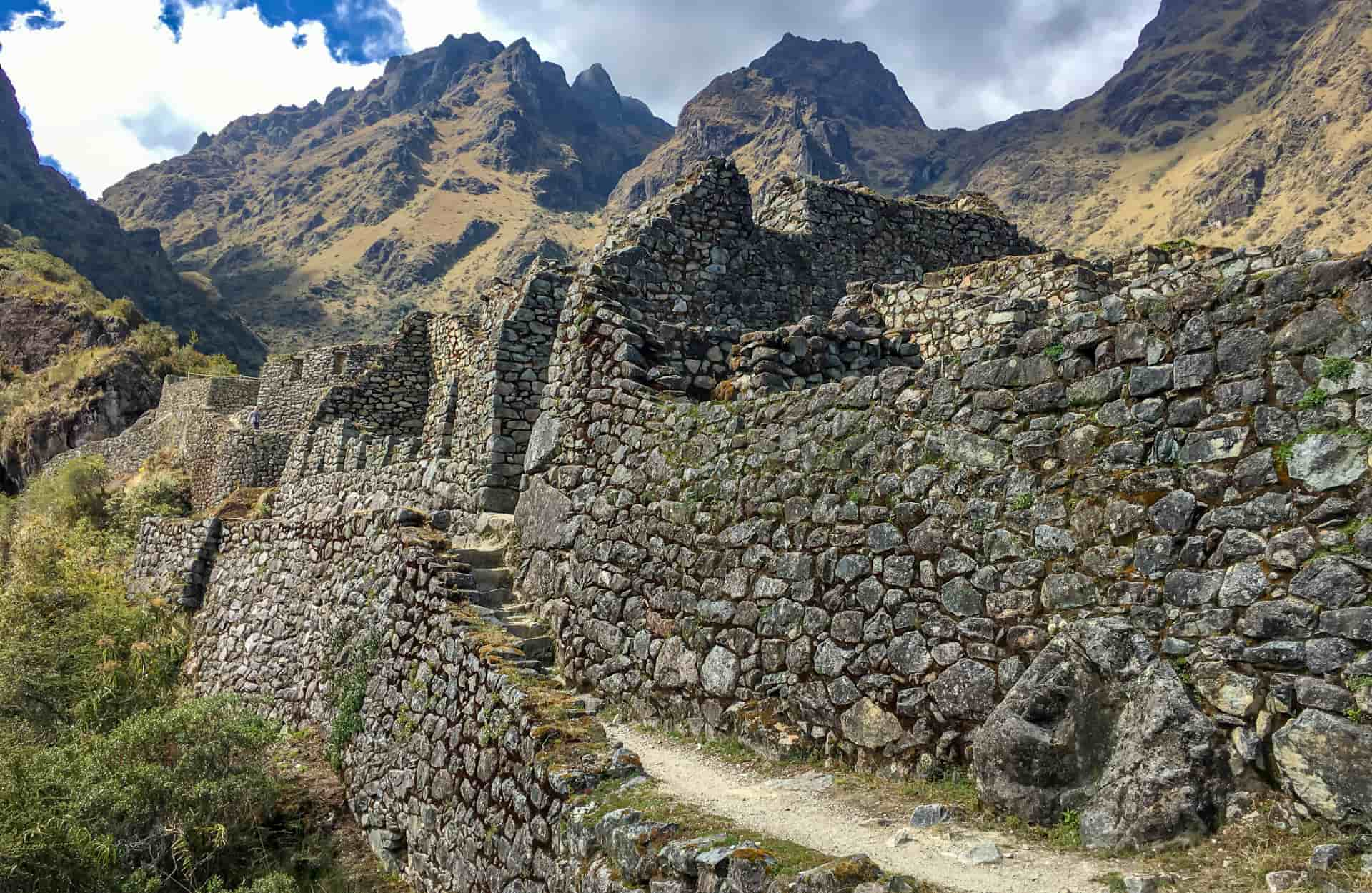
In order to hike the traditional Inca Trail, a licensed travel agency that operates along the Inca Trail is required, along with a professional and certified tourism guide. These measures are necessary because along the trail, there are different checkpoints where visitors must report with their respective documents (passports, etc.), and interact with agency staff.
When it is appropriate to make this trail?
The Inca trail is usually open between March to January, throughout all the year the only month that the trail closes is on February due to cleaning and restoration. But, the months that we advise to make the trail is during dry season which is from April to October as generally we have sunny days and the rest of the year we have rains. Nevertheless, we still have many visitors during rainy season and they have to be adequately prepared for it.
Is there a limit for the Inca trail?
Yes, there is a limit for the Inca Trail permits. Only 500 people are allowed per day and this amount includes all the staff and tourists which access every day. To be clearer, generally 300 people are companies’ staff and only 200 are tourists. For this reason, we recommend making your booking with a minimum of 6 months in advance, so you can guarantee your visit and avoid inconveniences.
What is the difficulty level of the Inca Trail?
The Inca Trail is considered moderately challenging, with steep inclines, uneven terrain, and high altitude sections. Proper physical preparation and acclimatization are recommended.
Are there age restrictions for the Inca Trail tour?
There are no strict age restrictions, but participants should be in good physical condition. It's recommended that children under 12 and adults over 65 consult with a physician before embarking on the hike.
What is the best time of year to hike the Inca Trail?
The best time to hike the Inca Trail is during the dry season, which typically runs from May to September. These months offer clearer skies and less chance of rain, making for a more enjoyable trek.
Do I need to be physically fit to complete the Inca Trail?
While prior hiking experience and good physical fitness are beneficial, the Inca Trail can be completed by individuals of varying fitness levels. However, it's important to prepare with regular exercise and cardiovascular training before attempting the hike.

How do I prepare for hiking the Inca Trail?
Preparation includes cardiovascular exercise, strength training, and gradually increasing your hiking endurance. It's also important to acclimatize to the altitude before starting the trek.
What type of footwear is recommended for the Inca Trail?
Sturdy, well-fitted hiking boots with good ankle support and a grippy sole are recommended. It's important to break in your boots before the trek to prevent blisters.
Are there restrooms along the Inca Trail route?
Basic restroom facilities are available at designated campsites along the route. Additionally, there are a few makeshift toilet facilities provided by tour operators at various points along the trail.
Can I hire a porter to carry my belongings during the hike?
Yes, hiring a porter is an option for those who prefer not to carry their own gear. Porters can carry a certain weight limit of personal belongings, allowing hikers to focus on enjoying the trek.
Are there any safety precautions I should be aware of while hiking the Inca Trail?
Safety precautions include staying hydrated, using sunscreen and insect repellent, wearing appropriate clothing, and following the instructions of your guide. It's also important to be mindful of your surroundings and not take unnecessary risks.
What happens if I need to cancel or reschedule my Inca Trail tour?
Cancellation policies vary among tour operators. It's important to review the terms and conditions of your booking before making any changes and to communicate with the tour operator as soon as possible in case of changes.
Are there any altitude sickness risks on the Inca Trail?
Yes, altitude sickness can be a risk on the Inca Trail due to the high elevation. It's important to acclimatize properly, stay hydrated, and listen to your body. If symptoms of altitude sickness develop, it's essential to descend to a lower altitude.
Can I bring my own food and snacks for the hike?
Yes, you can bring your own food and snacks for the hike. However, it's important to pack lightweight, non-perishable items that are easy to carry and provide sufficient energy for the duration of the trek.
Are there any wildlife encounters to be aware of on the Inca Trail?
While encounters with wildlife are rare, hikers may come across various bird species, insects, and small mammals along the trail. It's important to respect the natural habitat and avoid feeding or disturbing the wildlife.
Is camping equipment provided for the overnight stays on the Inca Trail?
Some tour operators provide camping equipment such as tents, sleeping bags, and sleeping pads as part of the tour package. It's advisable to check with your tour operator beforehand to confirm what is included in your booking.
Are there any cultural or historical sites along the Inca Trail route?
Yes, the Inca Trail passes by several archaeological sites, including Wiñay Wayna, Intipata, and the famous Machu Picchu. Your guide will provide insights into the history and significance of these sites along the trek.



